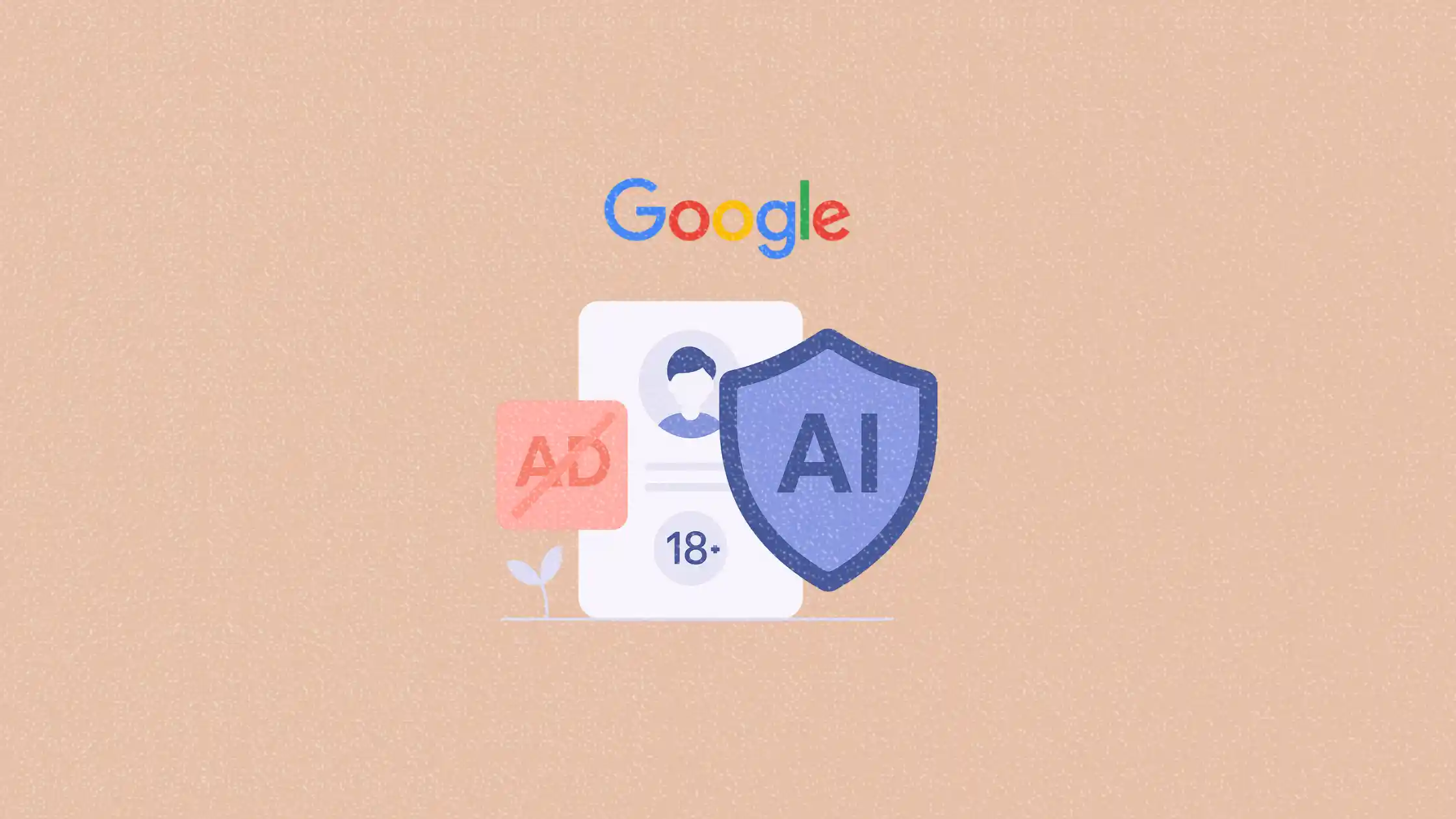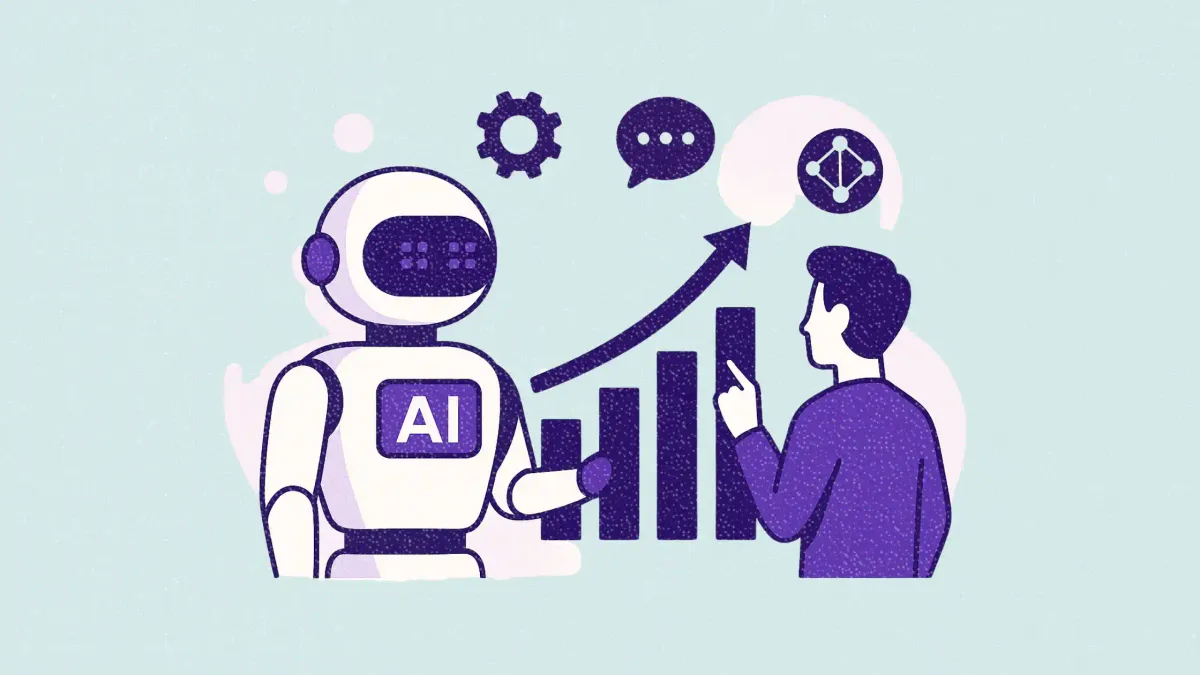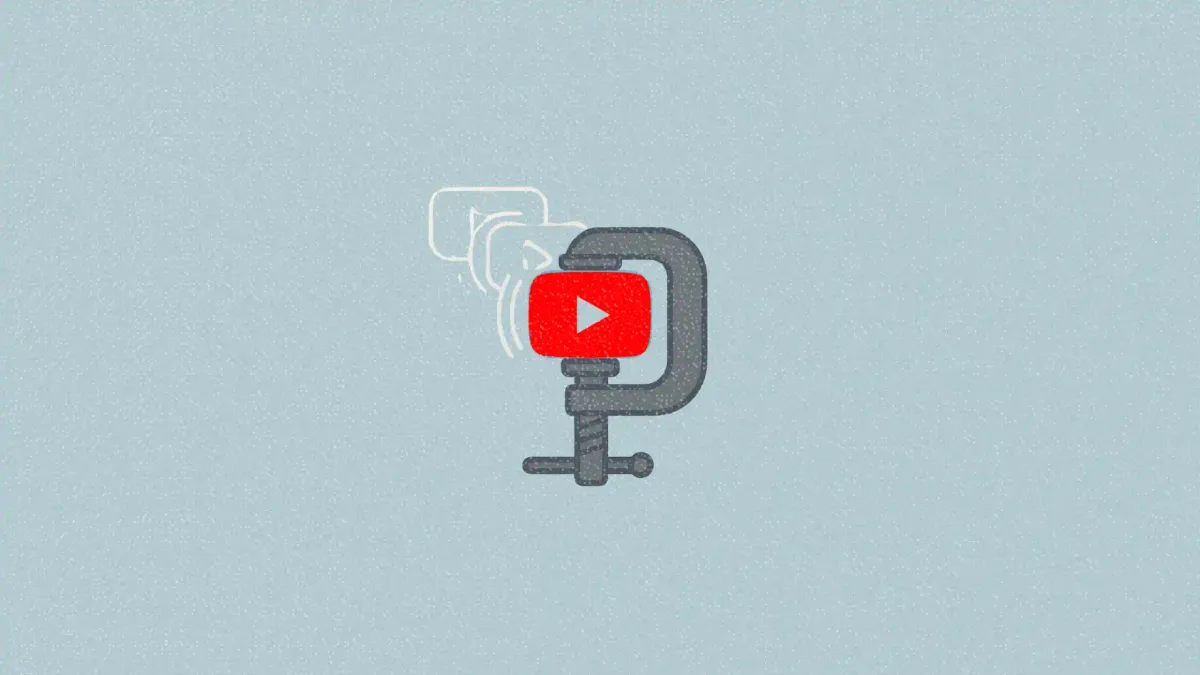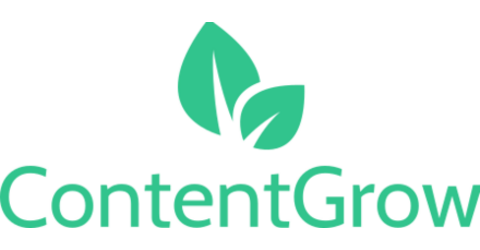Google rolls out AI-based age detection
Google is tightening ad access for minors. Marketers in regulated categories should pay attention.

Google is experimenting with machine learning to estimate users’ ages and automatically shield minors from inappropriate ads and content. It is a move designed to strengthen its youth safety protocols, but it could also shake up how marketers in regulated sectors target audiences across Google platforms.
Google has rolled out its new “age assurance” feature to some U.S. users. The system uses behavioral signals like search activity and YouTube viewing habits to flag users likely under the age of 18. Once flagged, these users will be restricted from seeing ads in sensitive categories such as alcohol, gambling, weight loss, and high-fat or high-sugar food and beverage products.
This article breaks down what the change means for advertisers, how it fits into broader industry trends, and what marketers should do to stay compliant and effective.
Short on time?
Here is a table of content for quick access:
- What happened: Google tightens protections for minors with AI
- Platforms face growing pressure to protect underage users
- What marketers should know

Google tightens protections for minors with AI
In a blog post published on July 30, Google announced it will begin using AI to estimate user age and apply new guardrails across its products. Here’s what the update includes:
- Disabling ad personalization for users likely under 18
- Restricting ads in age-sensitive categories such as alcohol and gambling
- Blocking access to adult-only apps on Google Play
- Opting flagged users into YouTube’s Digital Wellbeing features
- Turning off Google Maps Timeline location tracking
The update will start rolling out to a limited group of signed-in users in the U.S. as a test. Google said this is part of its broader commitment to protect minors across its platforms.
The feature arrives months after YouTube CEO Neal Mohan previewed machine learning–based protections for minors, and it follows prior reports of advertisers violating youth-targeting policies on YouTube. The timing also mirrors Meta’s recent launch of a similar age detection tool on Instagram.

Platforms face growing pressure to protect underage users
This change reflects rising pressure on Big Tech to enforce digital safety standards for young users. Legislators in the U.S. and EU have pushed for stricter regulation around ad targeting, data collection, and harmful content exposure for minors. Google’s move appears proactive, especially after last year’s scrutiny of brands allegedly targeting teens on YouTube despite platform rules.
Meta has already introduced teen-specific features, such as AI-assisted age detection and locked-down “teen accounts” on Instagram. TikTok has also limited ad targeting and content for teen users through tools like Family Pairing and Time Away settings.
As competition stiffens and regulation intensifies, tech platforms are racing to demonstrate accountability. For Google, automatic enforcement via AI could reduce the risk of advertiser violations while also signaling compliance to regulators.
What marketers should know
If your brand operates in a regulated space or has a youth-skewing audience, this shift could affect targeting, performance, and measurement across Google properties. Here’s what to watch:
1. Age-sensitive ads face stricter filters
Categories like alcohol, gambling, and weight loss will see stricter delivery limitations. If your campaigns rely on broad interest-based targeting, expect reach to decline among users flagged as minors.
2. Personalized targeting gets turned off
Once users are flagged as underage, they will stop seeing personalized ads altogether. That means reduced targeting accuracy and lower campaign efficiency, even if your ads fall outside restricted categories.
3. Cross-platform impact is real
These restrictions won’t stop at Google Ads. YouTube and Google Play are also part of the enforcement rollout. Brands offering mobile apps or digital content need to review how their assets are displayed to users under 18.
4. Measurement and attribution may shift
With personalization off, attribution models may need recalibration. Watch for shifts in click-through and conversion rates, especially on youth-heavy platforms like YouTube.
5. Now is the time to audit audience strategies
Brands should recheck ad targeting parameters and refresh creative messaging to stay compliant. This is especially critical for companies running programmatic campaigns that may unknowingly engage young users.
Google’s rollout of machine learning age checks signals a new standard for digital safety enforcement. Brands can no longer rely on self-declared age data or loose targeting filters. Instead, automated platform enforcement is becoming the norm.
This should push marketers to build age-aware, compliant strategies that don’t just react to policy changes but plan for them. In sensitive categories, marketers will need to refocus on safe creative, age-appropriate messaging, and channel diversification.
Because as the rules evolve, the brands that adapt quickly are the ones that will stay ahead.





